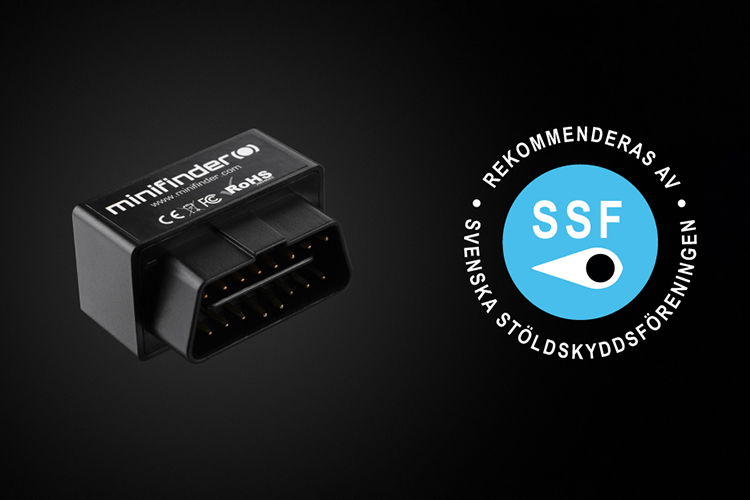
Oct 08, 2024
Using an electronic driving log can drastically simplify the management of mileage reimbursement.
Mileage Reimbursement is a form of compensation given to employees or business owners who use their private vehicle for work-related purposes. It covers costs for fuel, wear and tear, and maintenance. In 2025, there are some important factors to consider to maximize tax-free reimbursement, whether you're driving a gasoline-powered car, electric vehicle (EV), or hybrid.
What is Mileage Reimbursement?
Mileage reimbursement is intended to cover the costs of using a private vehicle for business purposes. It applies to business trips that are not part of the daily commute between home and work. The reimbursement can be provided as both a taxable and tax-free portion, depending on the amount and type of vehicle used.
Tax-Free Mileage Reimbursement in 2025
The tax-free portion of mileage compensation is particularly important to monitor. In 2025, the tax-free compensation is set at 25 SEK per kilometer, regardless of whether the vehicle is powered by gasoline, diesel, or electricity. For hybrid vehicles, the same rules as gasoline cars apply when using the combustion engine, while driving on electricity is compensated as for fully electric vehicles.
It is therefore crucial to maintain a detailed logbook that specifies when the car is running on electricity versus fuel.
How to Maximize Your Tax-Free Mileage Reimbursement
Document all trips carefully: A correct and up-to-date driving log is crucial to ensure you receive the right reimbursement. The log should include details such as the date, destination, purpose of the trip, number of miles driven, and any fuel or electricity usage.
Choose the right type of vehicle: If you frequently use your car for work, it might be worth considering an electric vehicle or hybrid. While EVs have a lower tax-free reimbursement rate, their operating costs are significantly lower, making them financially advantageous in the long run.
Consider fuel consumption: For gasoline and diesel vehicles, fuel efficiency is a key factor. Choosing a fuel-efficient car can help you reduce your actual costs, even if the tax-free reimbursement is fixed.
Leverage company benefits: If you run your own business, you can use mileage reimbursement as a tax-free bonus, meaning you won’t have to pay taxes on this reimbursement up to the tax-free limit. Any amounts exceeding that become taxable, however.
Mileage Reimbursement and Taxation
If your employer pays a higher reimbursement than the tax-free limit, for example, 30 SEK per mile, the difference is taxed as income. This means that if you receive 5 SEK more per mile than the tax-free amount for a gasoline car, those extra 5 SEK per mile will be taxed as salary.
Streamline with an Electronic Triplog
Using an electronic triplog can significantly simplify the management of mileage reimbursement. Such a system automatically records all trips, ensuring both distances and reimbursements are calculated accurately. The information is then easily sent to the appropriate recipient, reducing the risk of errors and ensuring everything is documented in line with current regulations.
In addition to saving time, the electronic driving log ensures that all trips are reported correctly. Whether you drive a private vehicle or a company car for work, this tool helps you stay organized and ensures you receive the proper reimbursement.



